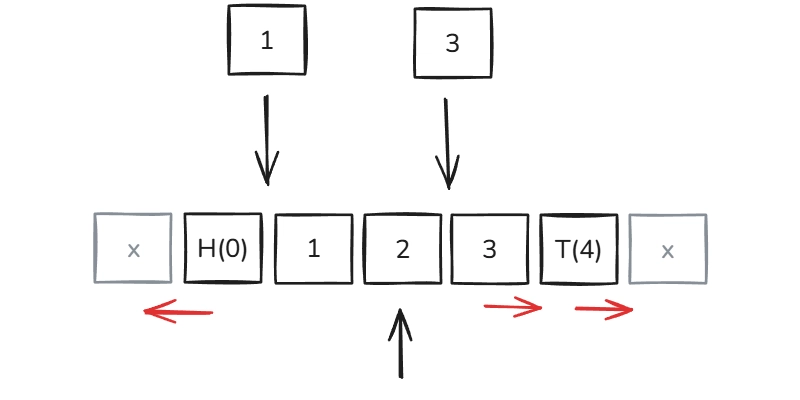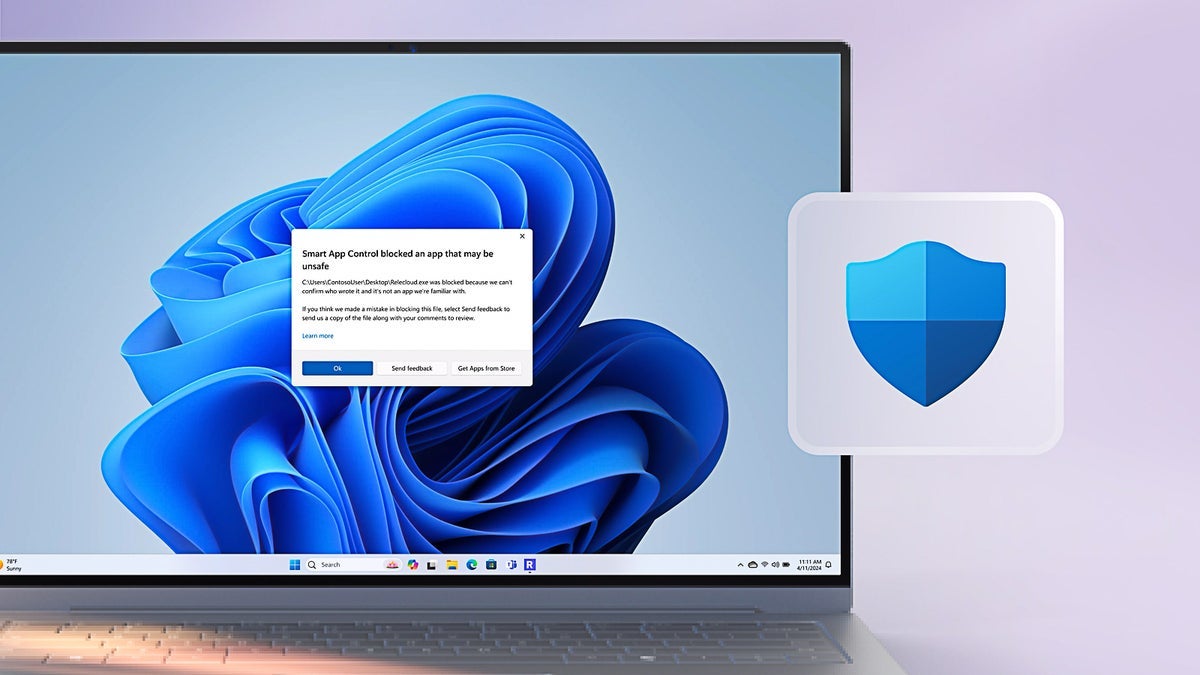Top 10 Malware Threats of the Week – Lumma & Snake Lead the Surge, Reports ANY.RUN
A recent analysis by cybersecurity platform ANY.RUN has revealed the top 10 malware threats dominating the digital landscape over the past week, with information stealers Lumma and Snake showing significant increases in activity. The findings, shared via a detailed post on X, underscore the evolving nature of cyber threats and the importance of proactive tracking […] The post Top 10 Malware Threats of the Week – Lumma & Snake Lead the Surge, Reports ANY.RUN appeared first on Cyber Security News.
.webp?#)
A recent analysis by cybersecurity platform ANY.RUN has revealed the top 10 malware threats dominating the digital landscape over the past week, with information stealers Lumma and Snake showing significant increases in activity.
The findings, shared via a detailed post on X, underscore the evolving nature of cyber threats and the importance of proactive tracking to mitigate risks.
Lumma and Snake Dominate Malware Uploads
According to ANY.RUN’s Trends Tracker, Lumma topped the list with 644 uploads, a slight increase of 14 from the previous week’s 630.
Lumma, an information stealer developed in the C programming language, is known for targeting cryptocurrency wallets, login credentials, and other sensitive data.
Operating under a malware-as-a-service model, Lumma is widely accessible on Dark Web forums and Telegram channels, making it a persistent threat to systems running Windows 7 through Windows 11. Its broad compatibility and subscription-based availability have contributed to its widespread adoption among cybercriminals.
Following closely behind is Snake, which saw a dramatic surge of 262 uploads, rising from 251 to 513. Snake, a sophisticated malware often attributed to the Russian Federal Security Service (FSB), uses advanced encryption techniques such as HTTP2 or TCP at the session layer, with each command exchange further encrypted for stealth.
A recent Cybersecurity Advisory from CISA highlighted a new variant of Snake, noting its complex host architecture and network communications, which make it particularly challenging to detect and mitigate.



.jpg)






































































































































































![[The AI Show Episode 144]: ChatGPT’s New Memory, Shopify CEO’s Leaked “AI First” Memo, Google Cloud Next Releases, o3 and o4-mini Coming Soon & Llama 4’s Rocky Launch](https://www.marketingaiinstitute.com/hubfs/ep%20144%20cover.png)














































































































































































.png?width=1920&height=1920&fit=bounds&quality=70&format=jpg&auto=webp#)





















![Blue Archive tier list [April 2025]](https://media.pocketgamer.com/artwork/na-33404-1636469504/blue-archive-screenshot-2.jpg?#)


































.png?#)








































.webp?#)










































































































![Apple to Split Enterprise and Western Europe Roles as VP Exits [Report]](https://www.iclarified.com/images/news/97032/97032/97032-640.jpg)
![Nanoleaf Announces New Pegboard Desk Dock With Dual-Sided Lighting [Video]](https://www.iclarified.com/images/news/97030/97030/97030-640.jpg)

![Apple's Foldable iPhone May Cost Between $2100 and $2300 [Rumor]](https://www.iclarified.com/images/news/97028/97028/97028-640.jpg)



































































































































